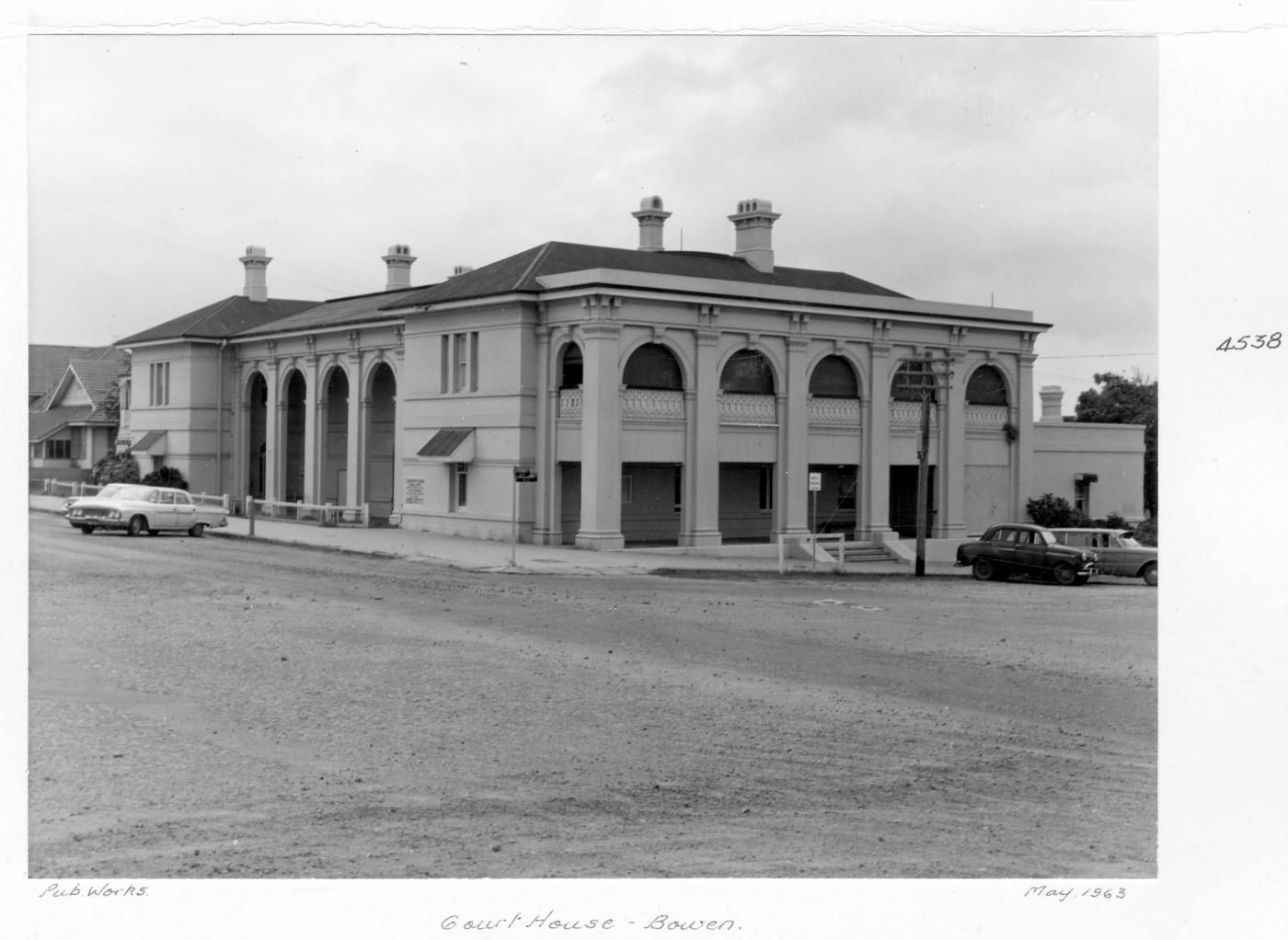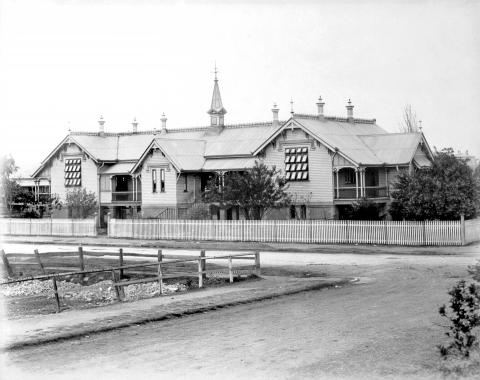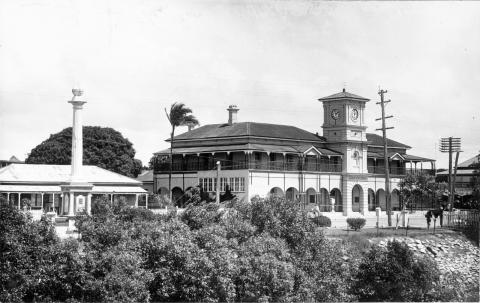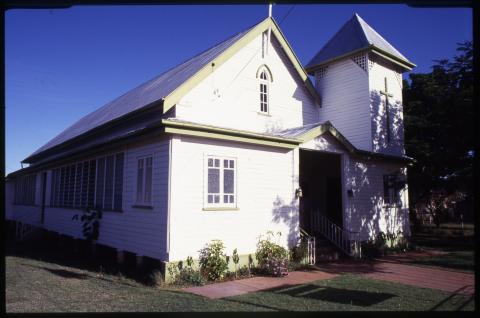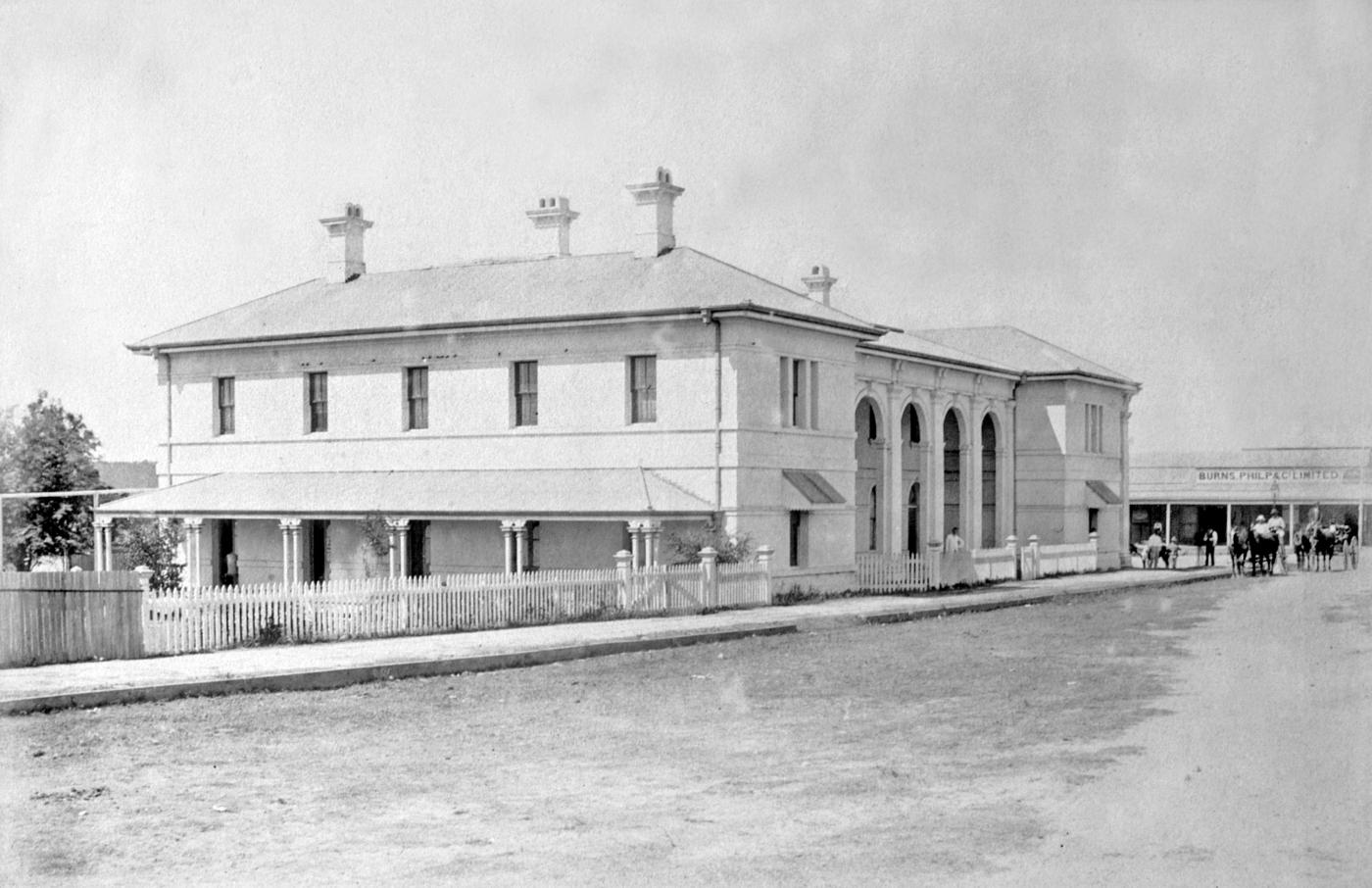
- News of the day
-
Queenslander, Saturday 24 November 1866, page 8
BOWEN.
WE have received files from Port Denison to November 14, from which we take the subjoined items:—
There has of late been a mania for gold prospecting at Bowen. The [Port Denison] Times, referring to a gold meeting, states that it is already producing its effects, as numerous parties are starting in search of the precious metal. We sincerely hope that they may be successful, as the discovery of a payable gold-field in the locality indicated would be productive of no mean benefit to the town. But we almost wish that the enthusiasm was not so great, and that private parties would have waited until they received some authentic news from the party appointed to prospect on behalf of the public. Should they be disappointed, the loss of time and the expense incurred in a vain search will be a matter of serious moment to many of them, whereas if they had waited until something like reliable information had been obtained, they could not have suffered much loss by the delay. At any rate we sincerely hope that no strangers will be induced to rush hitherward on spec. If the prospect turns out a success, they may rely upon it that they will receive immediate notice, and then the more that come the better we shall like it; but should it turn out a failure, and any large number of men come up here deluded by false expectations, they will inflict a serious injury both on themselves and on us. We, at any rate, are determined not to leave ourselves open to the charge of having encouraged men to ruin themselves for our own selfish ends. The public party, we understand, are to start this morning. We will keep our readers au fait of their reports, whether favorable or the contrary, so long as we can rely upon their veracity; when we cannot do so, we shall keep silence.
The same journal, on the 3rd instant, reports that several prospecting parties had started for the head of the Don, with pack horses laden with picks, shovels, provender, cradles, and all the other requisites. By this time we suppose some of them are at work, and we hope by this day week, if not sooner, to have some satisfactory information as to the results of their labors. The rush has, we are happy to say, already cleared off a good many of the unemployed who have for some time past formed such an eyesore to anyone who had any regard for the dignity of the human species, when he saw them sitting day by day on Wills' verandah, or lounging about the court-house, as lazy as Neapolitan lazzaroni, a burden to themselves and worse than useless to the community. We sincerely hope that whether our prospectors find a rich gold-field or not, they will find one that will at least provide work for our unemployed.
- Background
-
The Bowen Court House is a substantial masonry building in classical revival style, prominently located on the corner of Herbert and Williams Streets, Bowen. It was built in 1880 to house the Northern Supreme Court, the Bowen Post Office and Government Offices. Since 1899 it has functioned as a District and Magistrates court.
In Nov 1865, Bowen became a District Court area. Judge Long Innes, later to become Attorney General and Judge of the Supreme Court of NSW, was appointed as Bowen's first District Court Judge. He arrived in early 1866 and held court in the Municipal Chambers. Because of the financial crisis taking place in Queensland in 1866, the planned courthouse did not go forward and in early 1867, the judge made unauthorised changes to the Court House to improve conditions.
In 1874, recognising the rapid development of North Queensland, due largely to the discovery of gold, the Supreme Court Act increased the number of judges in Queensland to 4, of which 1 was to reside in Bowen as 'the Northern Judge'. The Bowen Supreme Court formally opened before His Honour Mr Justice Sheppard on 21 Oct 1874. The Supreme Court first sat in Townsville on 12 Feb 1875, Bowen 26 Feb 1875, and Cooktown 29 May 1876.
By May 1877, all the government buildings in Bowen had become dilapidated and it was recommended that it would be more economic in the long term, allowing for the tropical climate, to construct new buildings in masonry. The site selected for the new court was considered the best in town and plans were completed by July 1879. Presumably for reasons of economy, the new building was to house several different functions in different parts of the building. A large court room occupied the centre of the building, rising to its full height The south wing was occupied by the Post Master, the ground floor containing the office, kitchen and servant's room, and the upper floor sitting and bedrooms. The lower floor of the north wing was designed to house officials of the Supreme Court, and the upper floor was shared by the Survey and Roads offices, with bedrooms for Court Officials.
The building was designed in the Colonial Architect's office during the time when FDG Stanley was the Colonial Architect. Within the office, the design of the building is attributed to GS Connolly, who later became Colonial Architect himself. Both architects excelled in the classical revival style chosen, which was thought well suited to public buildings intended to convey a sense of stability and dignity, particularly a court which represented the power of the law. The building is on a corner site and designed so that the major street elevations each represented a separate function housed within the building; that to Herbert Street representing the Court and that to Williams Street the Post Office. The two elevations are linked stylistically by the use of arcades.
The tender of builders Southall and Tracey for £8023 was accepted and work was completed by July 1881. The old court buildings were sold in 1884. Soon after this, however, the pre-eminence of Townsville as the major town in North Queensland was recognised in the 1889 the Supreme Court Bill which provided for the appointment of a second northern judge and the relocation of the Northern Supreme Court to Townsville. This occurred on 1 December 1899, although Townsville did not have a purpose designed Court House. Since this time the Bowen Court House has functioned as a District and Magistrate's Court.
The building has remained substantially unchanged since construction, and has continued in use as a court house, but has undergone some minor additions and alterations. A verandah was added to the north-west elevation in 1913, and the balustrades and posts have been altered, however, the building is generally very intact and still has the main components of its early furniture.
Courtesy of the Queensland Heritage Register
Additional images
/148.2467617,-20.0127606,7/450x450@2x.png?access_token=pk.eyJ1IjoicXNhLWRpc2NvLXFsZCIsImEiOiJjamJmdTgyZXEyeWNjMnlxZm8xcmtieHgxIn0.lmT9J5tTPKGuuccQgCVSAg)

